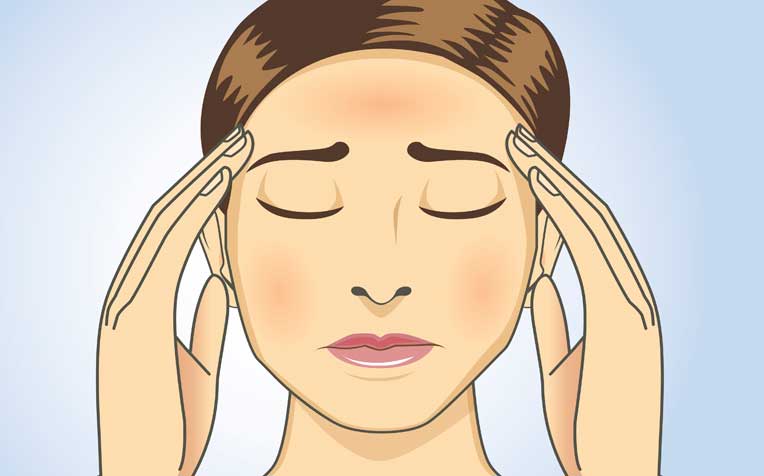
Headaches can either be primary or secondary, with secondary headaches due to underlying problems in the head or neck.
Primary and secondary headaches - what's the difference?
Migraines, cluster headaches and tension-type headaches are primary headaches, while secondary headaches are due to an underlying problem in the head or neck, including bleeding in the brain, infections, brain tumour, or meningitis and encephalitis.
Here are some pointers to help you identify the type of primary headache you may have:
Migraine
An important cause of primary headaches, a migraine is an episodic, disabling headache that can last between a few hours and a few days.
According to the Department of Neurology, National Neuroscience Institute (NNI), a member of the SingHealth group, migraines are more common among women, with headache episodes occurring more frequently during the perimenstrual period, as a result of changes in oestrogen hormone levels during the menstrual cycle. Premenstrual migraines occur during or after the time when the female hormones, oestrogen and progesterone, decrease to their lowest levels.
Symptoms of migraine include:
- Intense throbbing and pulsating pain
- Unilateral pain that begins or remains on just one side of the head
- Nausea or vomiting
- Sensitivity to stimuli such as lights, sounds and smells
- May be aggravated by physical activities, especially coughing or bending over
- May be preceded by flashing lights
- May be associated with visual symptoms, such as seeing zigzag lines
- Tingling, numb or cold limbs
Tension headache
This is the most common type of primary headache, occurring in up to 90 per cent of adults in their lifetime.
The exact cause of a tension headache is not known, although physical and emotional stress can cause the muscles that cover the skull to contract and cause pain.
Tension headaches are more common among women than men, especially among those with high stress levels.
Symptoms of a tension headache include:
- Pain that feels like a tight band pressing around the head, with the most intense pressure over the eyebrows
- Pain is usually mild, dull and steady, not throbbing or disabling, and bilateral (affecting both sides of the head)
- No nausea or vomiting associated with the headache
- Occurs sporadically (infrequently and without a pattern), but can also occur frequently or even daily
Cluster headache
A rare type of primary headache (about 0.1 per cent incidence) more common among men in their late 20s, although cluster headaches can also occur among women and children.
Symptoms of a cluster headache include:
- Headache attack often wakes patient from sleep at a similar time every night
- Pain always occurs on the same side, usually over one eye, which causes tearing and redness of the eye.
Ref: U11

















 Get it on Google Play
Get it on Google Play